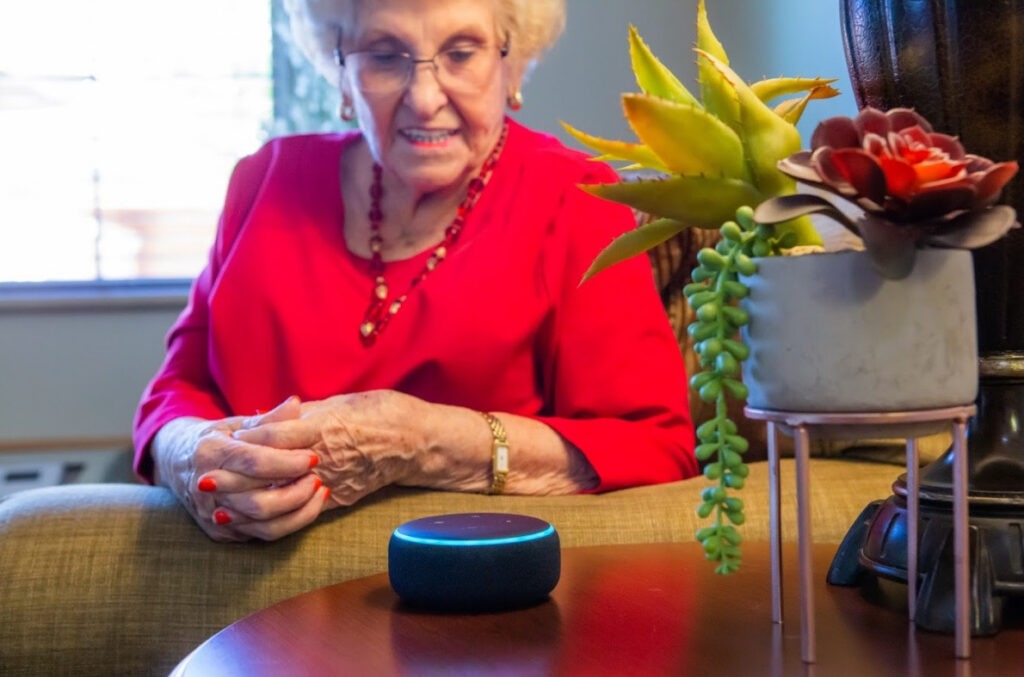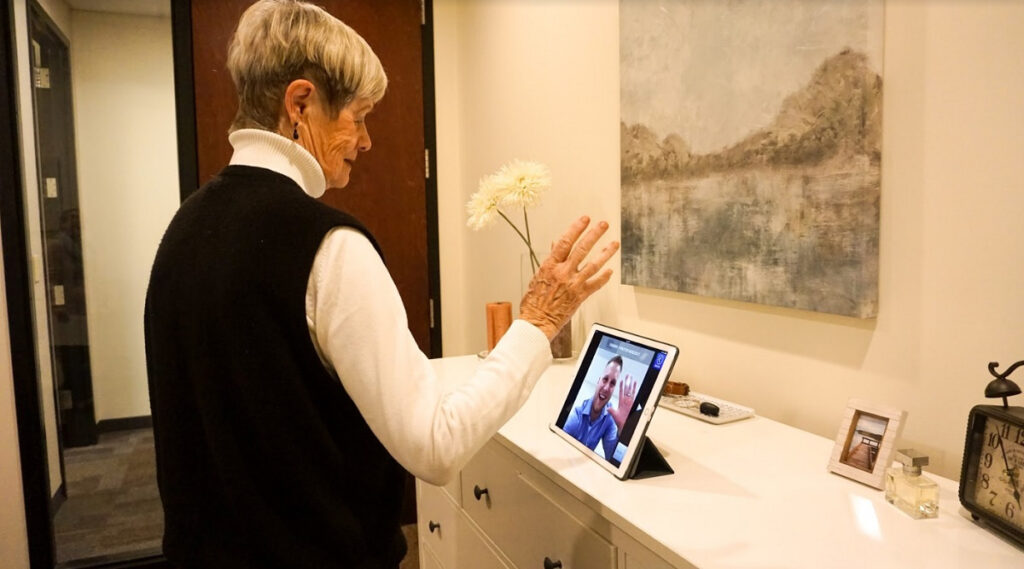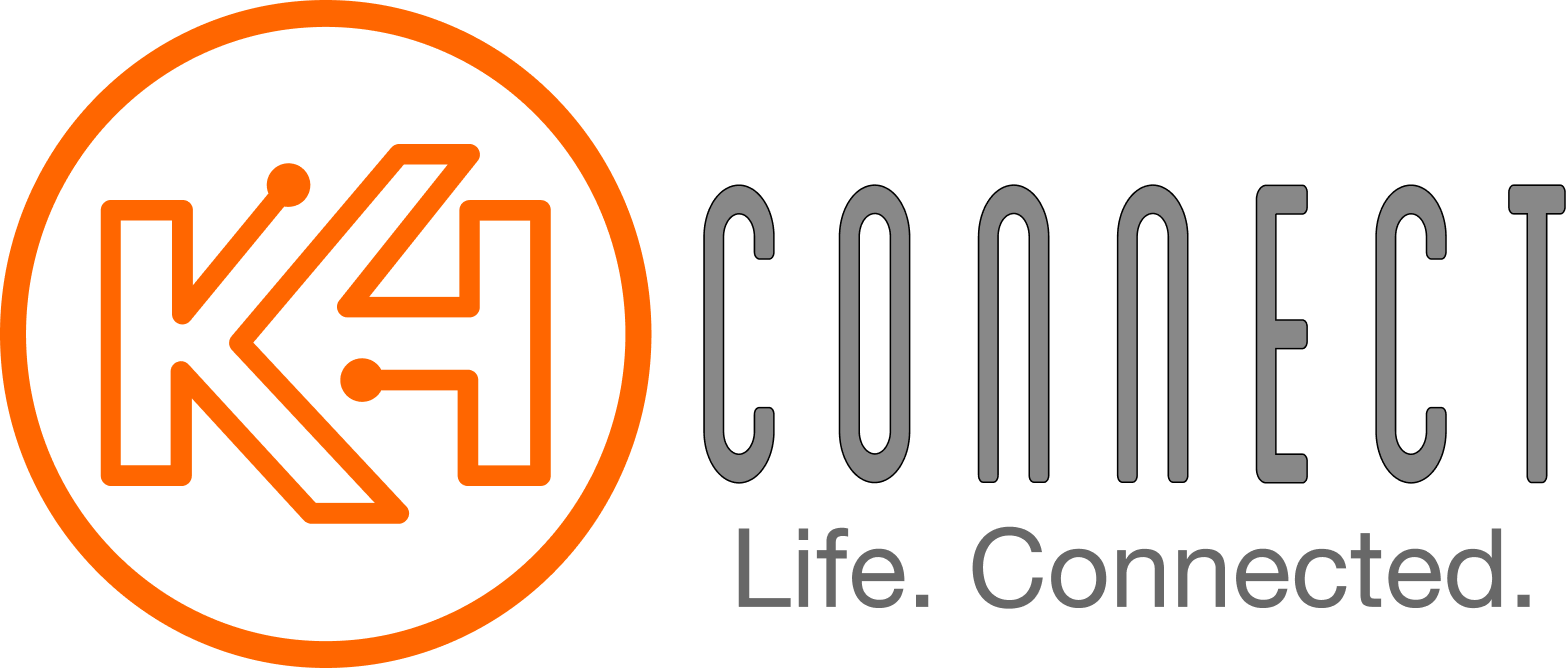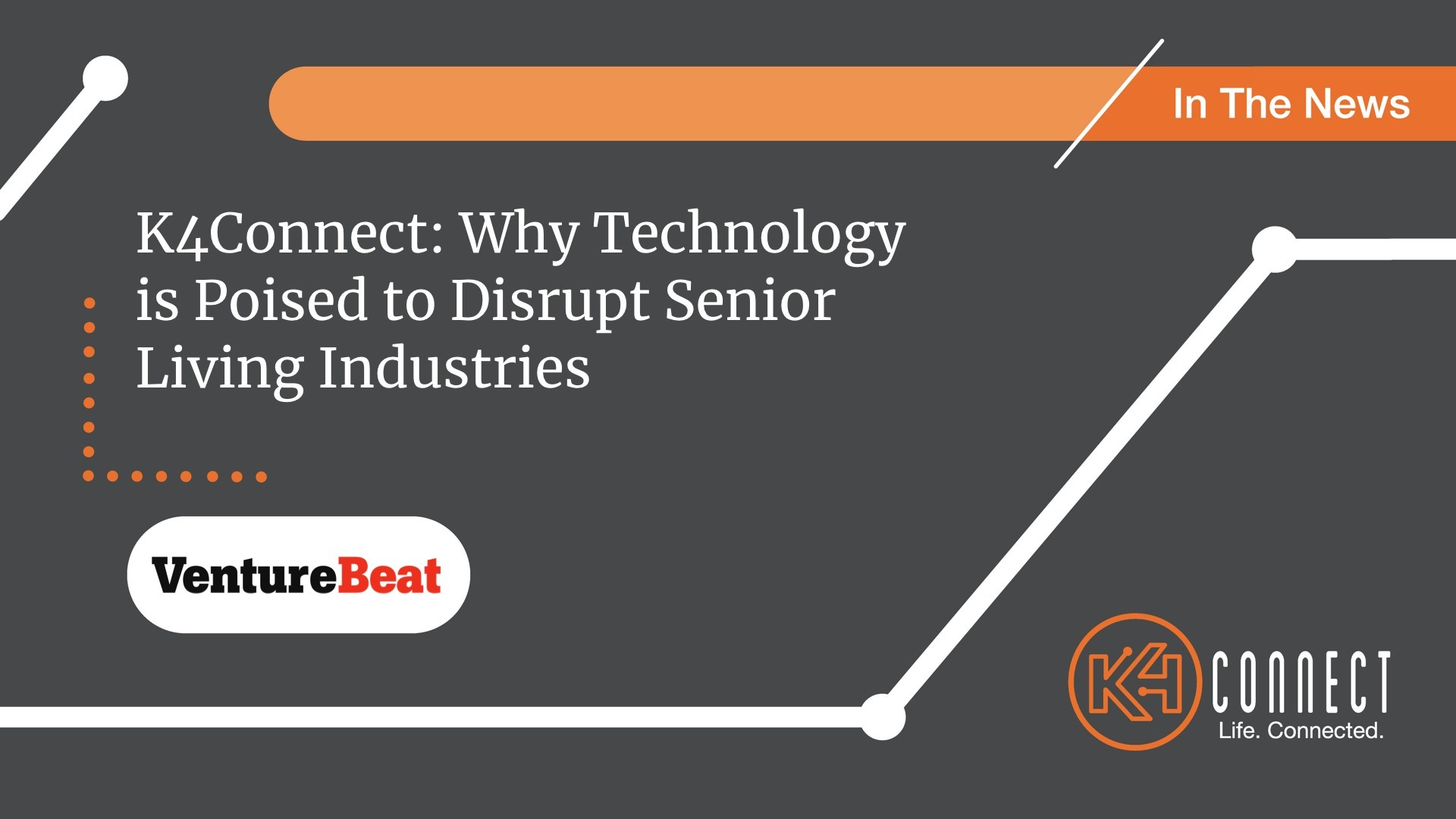We look at the technology that’s out in the marketplace and make it accessible and integrated. We support it, provide training around it, and make it easier for older adults to get over that adoption curve.
By: Dean Takahashi
August 18, 2019
K4Connect is riding a demographic wave: making technology for seniors who cope with some kind of disability while living in a community setting.The startup provides technology that lets seniors control their smart living environments and monitor their health and wellness at 70 senior living communities. The idea is to create places where older people can age at home — with the help of technology — while still enjoying the perks of living in a community, thanks to partnerships with services like Lyft, Grubhub, and others.
This future is upon us. The U.S. Census Bureau projects the number of people in the U.S. aged 65 or older will grow to 95 million by the year 2060 and comprise nearly a quarter of the population. In fact, 10,000 people turn 65 each day in the United States.
I spoke with Derek Holt, president and chief operating officer of K4Connect, in an interview. Here’s an edited transcript of our conversation.
VentureBeat: Tell us about your background

Derek Holt: I’ve been with K4Connect now for four years, since just a little bit after our founding. Prior to that, I spent a decade at IBM. I started as a software engineer, and eventually ran about a $350 million portion of their software group business through the early 2000s. In 2011, I was recruited by Steve Case of AOL fame, and another guy, Scott Case, no relation, but Scott was one of the cofounders of Priceline. I moved to [Washington] D.C. to work on a public/private partnership called Startup America with the Obama administration. I’ve been in technology startups ever since.
Startup America was really interesting. The thesis was, coming out of the financial crisis, starts were down. The new business startup rates are still at 30-year lows right now. Then and now, 72-75% of all venture capital goes to just three states — California, New York, and Massachusetts. Our thesis was there could be interesting entrepreneurial ecosystems in all parts of the country, focused on all different sectors. That’s what we drove to do.
VentureBeat: We did a fair amount of that with our Blueprint conference that travels around.
Holt: That’s right. I’m very familiar. Obviously, Steve Case has continued his Rise of the Rest efforts, both investing and also shining a bright light on entrepreneurship in non-traditional markets. Revolution and Rise of the Rest Fund are actually investors in K4Connect.
VentureBeat: How did you segue into K4Connect?
Holt: Interestingly enough, I had actually met Scott Moody through Startup America. Scott is a serial entrepreneur. His last company was called AuthenTec, in Melbourne, Florida. They were in the fingerprint space, a semiconductor company. They went public in 2007 and were ultimately acquired by Apple in 2012. They eventually became the Touch ID in the iPhone 5s, I think it was. Scott and I met each other and we both had roots in the North Carolina area. When I was looking to move back from Washington D.C., he was just starting K4Connect. The rest is history.

VentureBeat: When I went to the last couple of CES shows, I complained that I didn’t see any tech that was helpful for seniors. I was paying attention because my mother has dementia. We’ve since moved her into assisted living. There were so many things I tried to get her to use that she just couldn’t figure out. Did you have the same sort of experience going into this?
Holt: It’s interesting. We all know folks that age. We were raised by them, or we had grandparents or parents. It’s an industry that, I’m almost embarrassed to say, I didn’t pay a lot of attention to. When I was an engineer in my 20s and 30s, we tend to build things for ourselves. That’s the story of Silicon Valley. We’re building technology solutions that appeal to us.
Broadly, we saw this opportunity where this technology should be making a huge difference in the lives of older adults. You could argue that this should be more of a utility for an older adult than it would be for a next-generation millennial. But ultimately there were some barriers. A lot of what we do at K4Connect is look at the technology that’s out in the marketplace and make it accessible. We make it integrated. We support it. We provide training around it. We make it easier for older adults to get over that adoption curve. In some regards, that’s been our bread and butter, to create this integration layer and then this user experience that’s unique for this particular audience.

